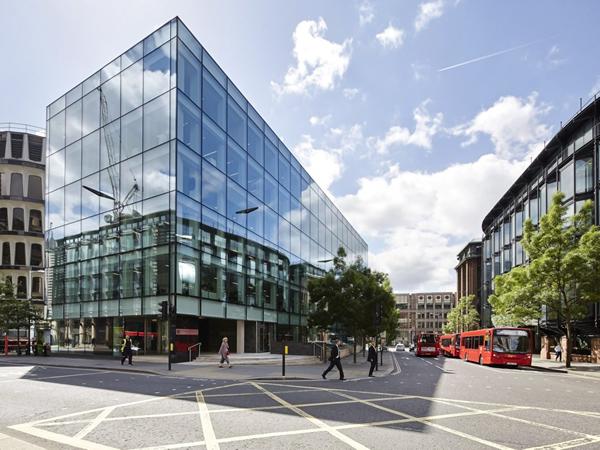
Date: 10 November 2017
Traditionally in the UK glass in commercial buildings has been assessed in line with TN 35 published by the CWCT, GGF Guidelines, Hadamar and various BS EN standards. These documents define inspection methodology in terms of viewing distance and angle and crucially what is or isn’t considered to be a defect.
Clients and Architects have come to expect glass to be perfect and present no visual barrier to the view outside the building except for a reduction in light transmittal.
This however is rarely the case with the result that costly arguments and disputes can arise on projects simply because of a lack of understanding on the part of the specifier of the tolerances and inspection criteria of the products they themselves have specified.
Although the viewing distances and angles differ between the UK standards and the European / Hadamar standards the constant is the way in which the glass is inspected.
Glass is to be inspected from the inside looking out under normal daylight conditions and not in direct sunlight with no visible moisture on the surfaces.

When inspecting the glass from the specified distance and angle, the background beyond the window is viewed and NOT the glass itself. Should there be a distraction from the view beyond by something like a scratch in the surface or a bubble in the body of the glass this can be inspected to determine whether it can be classified as a defect under the referenced standards and specification.
It is not permitted to inspect the glass from closer and to mark a spot then retire to the specified distance and then determine it is a defect because it can be seen.
Glass is a manufactured product made using a highly industrialised process which has tolerances and naturally occurring imperfections. This manufacturing process is standardised across the world whether to BS EN, AU/NZS or ASTM or other local codes the “standards” are what the manufacturers work to and will guarantee.
It is possible to improve the “quality” or tighten the tolerances on the product but to do so means departing from the standards which inevitably brings cost.
In most of the projects we all deal with cost is a very real issue as not every project is the headquarters for Apple! Those who specify “better” requirements than those published in the referenced standards should from the outset make the client aware that this is introducing additional cost to the project which the client will need to cover.
The client himself can then make a judgement as to whether the additional cost to gain a marginal and often imperceptible difference over what is being delivered as standard to the market is worth the expense.
In addition to the manufacturing tolerances CWCT TN 35 states the following.
The specifier should not specify viewing criteria or distances more stringent than those in the BS EN Standards for the glass in question as the glass supplier will be unable to impose tighter standards except possibly with regard to overall bow, local bow and rollerwave in heat strengthened or toughened glass.
In the following posts we will address the different types of glasses and the various defects and non-defects which can be expected.
Written by Dougie Wells (Head of Design & Technical)
 600450
600450













Add new comment